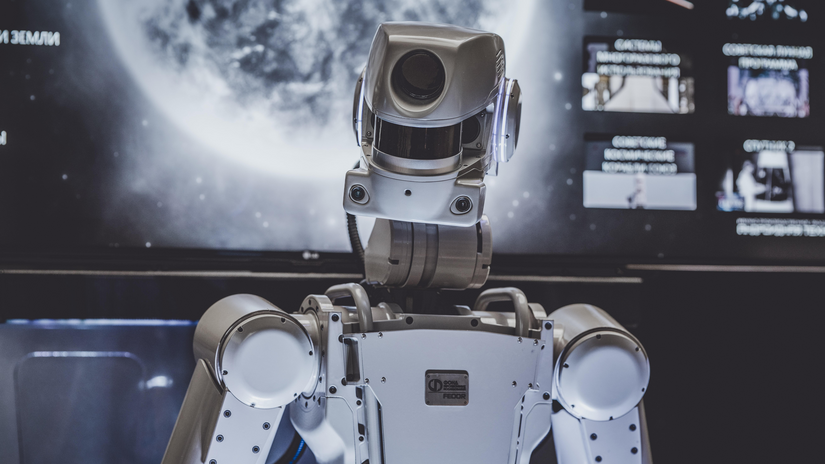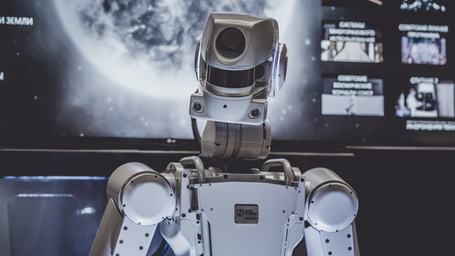The creation of robots was an immense advance in technology, and something that hadn’t been seen before, or even thought to be possible. For decades, they were a marvel of technology, bringing the world to a completely new form, and making everyday tasks so much simpler. Xenobots, specifically, were introduced to the world in 2020, and after much experimentation and research, scientists have now determined that they can reproduce. Xenobots were the first “living machines,” created from African claw frog stem cells, and they are programmable to accomplish certain tasks.
Now, scientists are saying that these xenobots can reproduce in a way that is unique from plants and animals. CNN describes the process of reproduction, saying, “Formed from the stem cells of the African clawed frog (Xenopus laevis) from which it takes its name, xenobots are less than a millimeter (0.04 inches) wide. The tiny blobs were first unveiled in 2020 after experiments showed that they could move, work together in groups and self-heal.” To create the xenobots, the researchers used living stem cells from frog embryos and incubated them, without manipulating the genes. This considered, the xenobots are not only robots but also living organisms.
The xenobots were created through a process called “kinetic replication,” which occurs on the molecular level, and experts used technology (a supercomputer) to make the xenobots the most efficient when it came to this type of replication, as indicated in an article by the Smithsonian. “To make them more effective, the team used artificial intelligence to test billions of different body shapes and configurations on a supercomputer.” Lots of people have their doubts about what they think “artificial intelligence” can produce, and then comes the whole “robots will take over the world” argument, but it’s interesting to think that these robots are partially living organisms, created from stem cells, and they are incredibly microscopic, not to mention programmable. The combination of artificial intelligence and living cells in these xenobots is what makes them such an incredible technological advancement, and scientists have high hopes that they’ll be able to be used for things such as delivering medicine into the body in the future.
But with every great invention comes its faults, and the Smithsonian Magazine highlights a few of the concerns with reproduction. “There’s a limit to how many baby bots can be created. ‘It turns out that these xenobots will replicate once, one generation, they will make children. But the children are too small and weak to make grandchildren,’ Bongard tells the Guardian.” This puts a large dent in the capability of production of the bots, limiting the amount that can be produced per generation. Alongside this, there’s the fact that the bots can only reproduce under certain conditions, therefore those conditions need to be replicated every time for effective reproduction,
It’s clear to see this newfound ability in the xenobots is a step in the right direction for both science and technology. By being able to create more and more xenobots, scientists will be able to use them for new purposes, including in medicine. It also shows that when it comes to science, anything is possible, and these bots are a representation of that.
Want to see more HCFSU? Be sure to like us on Facebook and follow us on Instagram, Twitter, TikTok, YouTube and Pinterest!


